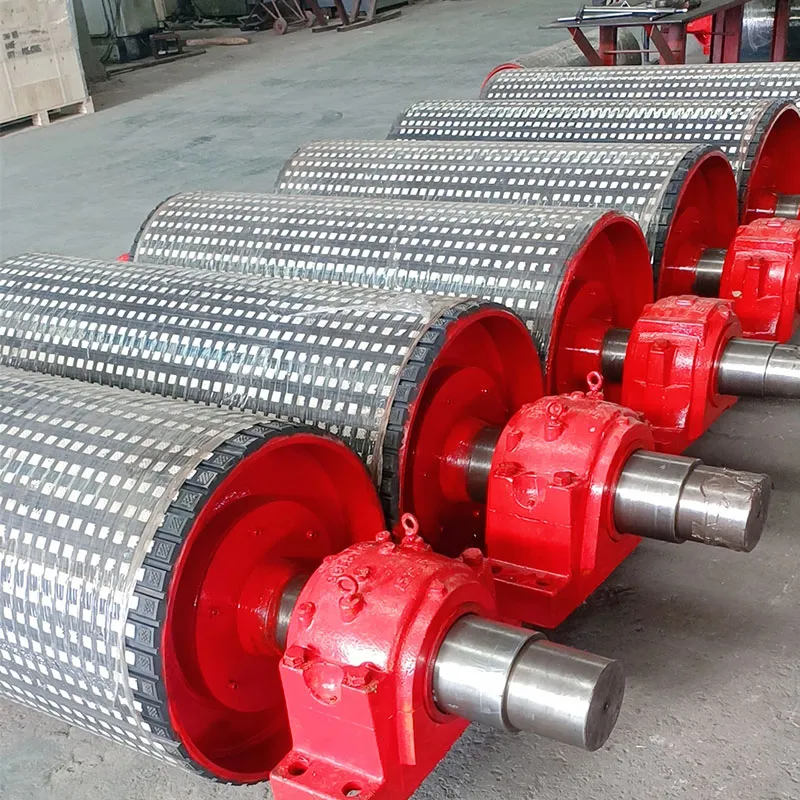 Afrikaans
Afrikaans  Albanian
Albanian  Amharic
Amharic  Arabic
Arabic  Armenian
Armenian  Azerbaijani
Azerbaijani  Basque
Basque  Belarusian
Belarusian  Bengali
Bengali  Bosnian
Bosnian  Bulgarian
Bulgarian  Catalan
Catalan  Cebuano
Cebuano  Corsican
Corsican  Croatian
Croatian  Czech
Czech  Danish
Danish  Dutch
Dutch  English
English  Esperanto
Esperanto  Estonian
Estonian  Finnish
Finnish  French
French  Frisian
Frisian  Galician
Galician  Georgian
Georgian  German
German  Greek
Greek  Gujarati
Gujarati  Haitian Creole
Haitian Creole  hausa
hausa  hawaiian
hawaiian  Hebrew
Hebrew  Hindi
Hindi  Miao
Miao  Hungarian
Hungarian  Icelandic
Icelandic  igbo
igbo  Indonesian
Indonesian  irish
irish  Italian
Italian  Japanese
Japanese  Javanese
Javanese  Kannada
Kannada  kazakh
kazakh  Khmer
Khmer  Rwandese
Rwandese  Korean
Korean  Kurdish
Kurdish  Kyrgyz
Kyrgyz  Lao
Lao  Latin
Latin  Latvian
Latvian  Lithuanian
Lithuanian  Luxembourgish
Luxembourgish  Macedonian
Macedonian  Malgashi
Malgashi  Malay
Malay  Malayalam
Malayalam  Maltese
Maltese  Maori
Maori  Marathi
Marathi  Mongolian
Mongolian  Myanmar
Myanmar  Nepali
Nepali  Norwegian
Norwegian  Norwegian
Norwegian  Occitan
Occitan  Pashto
Pashto  Persian
Persian  Polish
Polish  Portuguese
Portuguese  Punjabi
Punjabi  Romanian
Romanian  Russian
Russian  Samoan
Samoan  Scottish Gaelic
Scottish Gaelic  Serbian
Serbian  Sesotho
Sesotho  Shona
Shona  Sindhi
Sindhi  Sinhala
Sinhala  Slovak
Slovak  Slovenian
Slovenian  Somali
Somali  Spanish
Spanish  Sundanese
Sundanese  Swahili
Swahili  Swedish
Swedish  Tagalog
Tagalog  Tajik
Tajik  Tamil
Tamil  Tatar
Tatar  Telugu
Telugu  Thai
Thai  Turkish
Turkish  Turkmen
Turkmen  Ukrainian
Ukrainian  Urdu
Urdu  Uighur
Uighur  Uzbek
Uzbek  Vietnamese
Vietnamese  Welsh
Welsh  Bantu
Bantu  Yiddish
Yiddish  Yoruba
Yoruba  Zulu
Zulu side mount rollers
Understanding Side Mount Rollers An Essential Component in Modern Conveyance Systems
In today's fast-paced industrial environment, the efficiency and efficacy of material handling systems cannot be overstated. One of the pivotal components contributing to this efficiency is the side mount roller. This article delves into the design, functionality, applications, and advantages of side mount rollers, emphasizing their importance in various sectors.
What are Side Mount Rollers?
Side mount rollers are specialized mechanical devices used to facilitate the movement of materials within conveyor systems. They are typically mounted along the side of a conveyor belt or rail, providing a stable and smooth surface for loads to glide on. Unlike traditional rollers that are positioned underneath the moving belt, side mount rollers allow for improved accessibility and ease of maintenance.
Design and Functionality
The typical side mount roller consists of a sturdy frame and a series of smoothly rotating cylindrical rollers. These rollers are engineered to handle heavy loads while minimizing friction, thereby reducing wear and tear on both the rollers and the conveyor system. The positioning of the rollers is crucial; they must be aligned perfectly to ensure efficient operation and to prevent any jams or operational mishaps.
Side mount rollers can be made from a variety of materials, including steel, plastic, and rubber, depending on the application and type of load being moved. Steel rollers are suitable for heavy-duty applications, while plastic options may be ideal for lighter, less abrasive materials. Additionally, the rollers can be fitted with different types of bearings to further enhance performance and longevity.
Applications of Side Mount Rollers
side mount rollers

Side mount rollers can be found across a wide range of industries. In manufacturing settings, they are commonly used in assembly lines, where they aid in the transportation of components from one station to another. In warehousing and distribution centers, these rollers help facilitate the movement of products through conveyor systems, thereby optimizing packing and shipping processes.
Moreover, the food and beverage industry utilizes side mount rollers for transporting packaged goods efficiently. Given the need for hygiene and sanitation, rollers in this sector are often made of food-grade materials and designed for easy cleaning. In retail, side mount rollers are essential in conveyor systems that manage the flow of products to checkouts, ensuring a swift and seamless customer experience.
Advantages of Side Mount Rollers
The benefits of using side mount rollers are numerous. First and foremost, they enhance operational efficiency. By reducing friction and facilitating smooth movement, they enable faster processing times, which is crucial in environments where time is of the essence. Their design also minimizes the risk of load damage, as the materials are securely cradled and guided throughout their journey.
Another significant advantage is the ease of maintenance. Side mount rollers are more accessible than traditional rollers, making inspections and replacements simpler and faster. This accessibility helps minimize downtime, allowing businesses to maintain productivity without the frequent interruptions that come with difficult-to-reach components.
Furthermore, the versatility of side mount rollers allows for customization in various applications. Businesses can work with manufacturers to design rollers that meet their specific needs, whether it be for size, load capacity, or material specifications. This adaptability makes them an ideal choice for a range of industries.
Conclusion
In summary, side mount rollers are an indispensable element of contemporary material handling systems. Their unique design, coupled with their ability to enhance efficiency, reduce maintenance, and facilitate smooth operations, makes them a preferred option in numerous applications. As industries continue to evolve and demand higher efficiency and reliability, the role of side mount rollers will undoubtedly grow, paving the way for more innovative solutions in the realm of logistics and material handling. As such, businesses investing in these technologies stand to benefit significantly from improved operational outcomes and a competitive edge in their respective markets.
-
Revolutionizing Conveyor Reliability with Advanced Rubber Lagging PulleysNewsJul.22,2025
-
Powering Precision and Durability with Expert Manufacturers of Conveyor ComponentsNewsJul.22,2025
-
Optimizing Conveyor Systems with Advanced Conveyor AccessoriesNewsJul.22,2025
-
Maximize Conveyor Efficiency with Quality Conveyor Idler PulleysNewsJul.22,2025
-
Future-Proof Your Conveyor System with High-Performance Polyurethane RollerNewsJul.22,2025
-
Driving Efficiency Forward with Quality Idlers and RollersNewsJul.22,2025





























